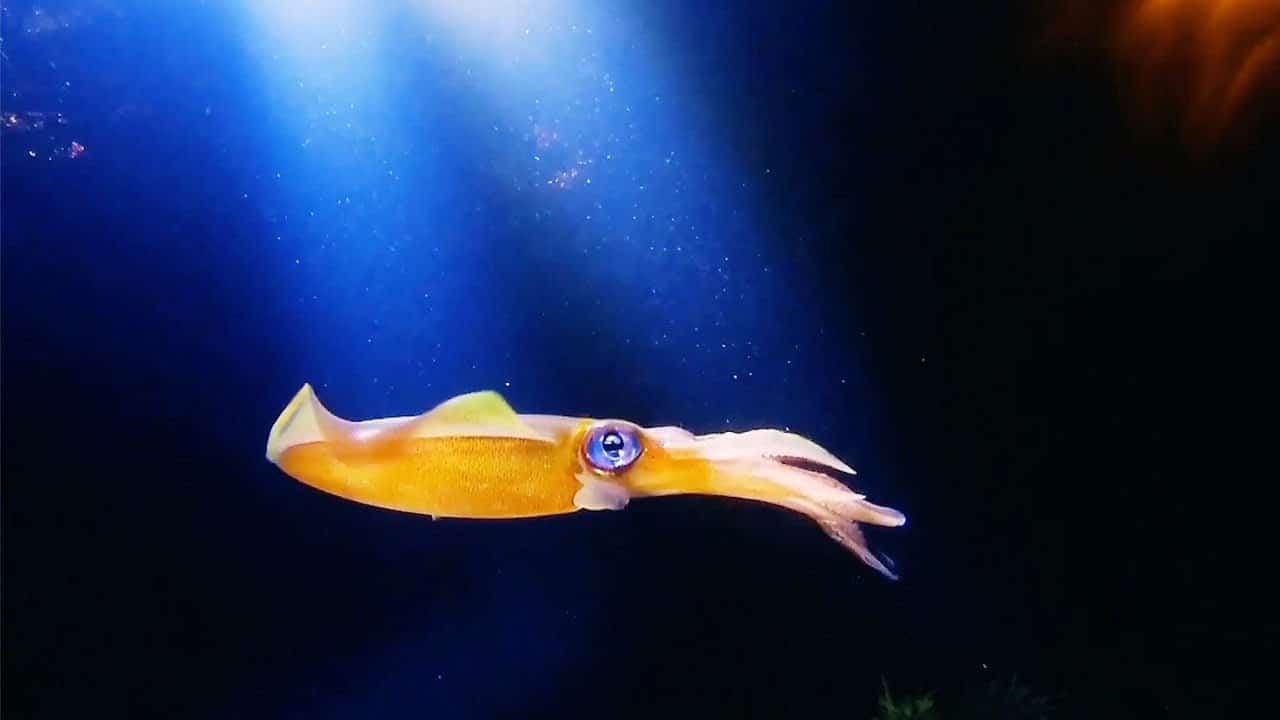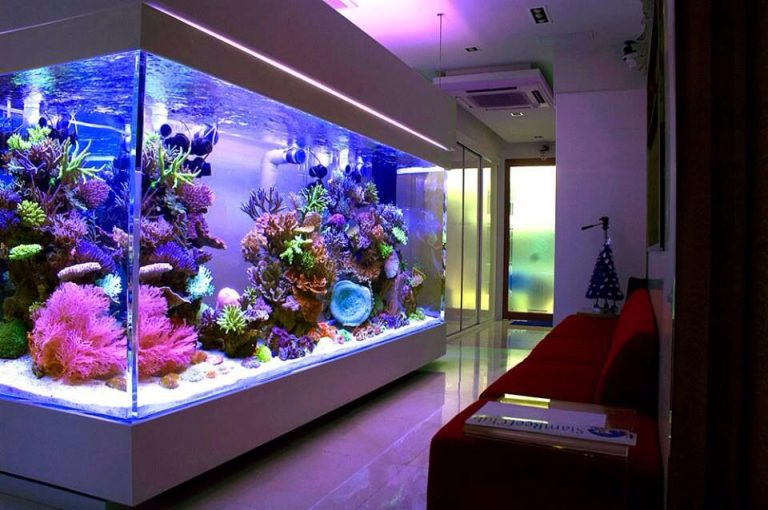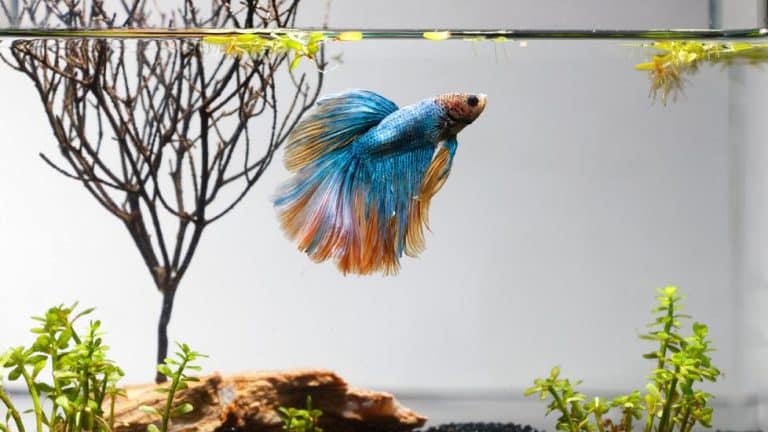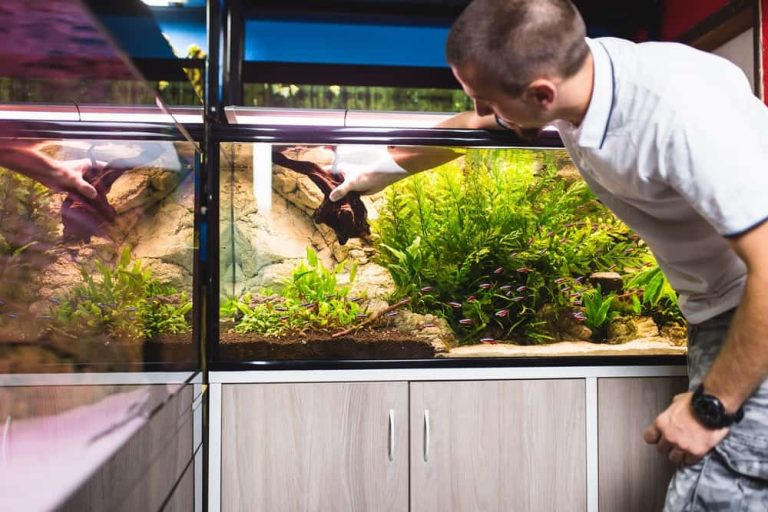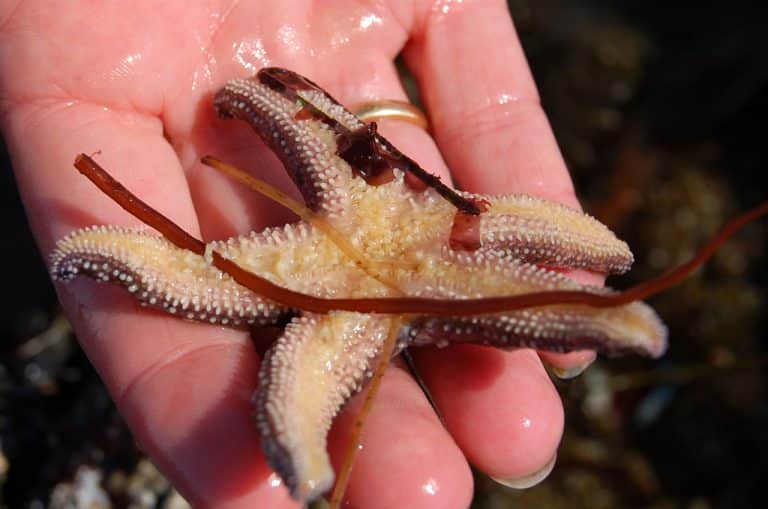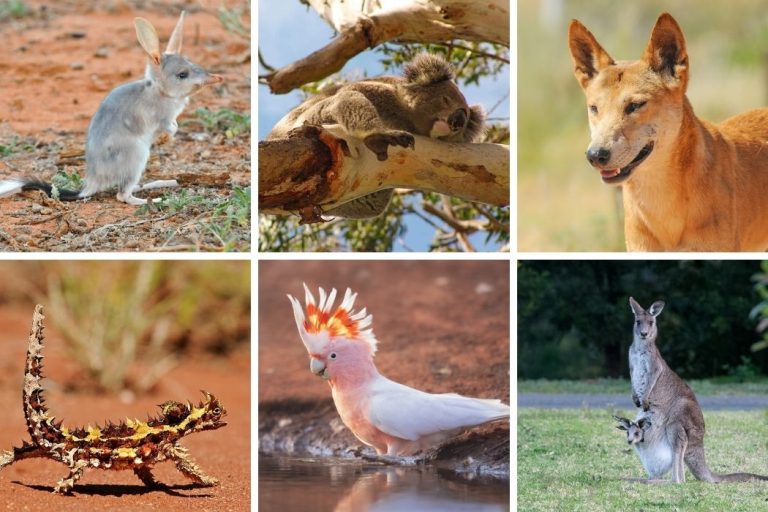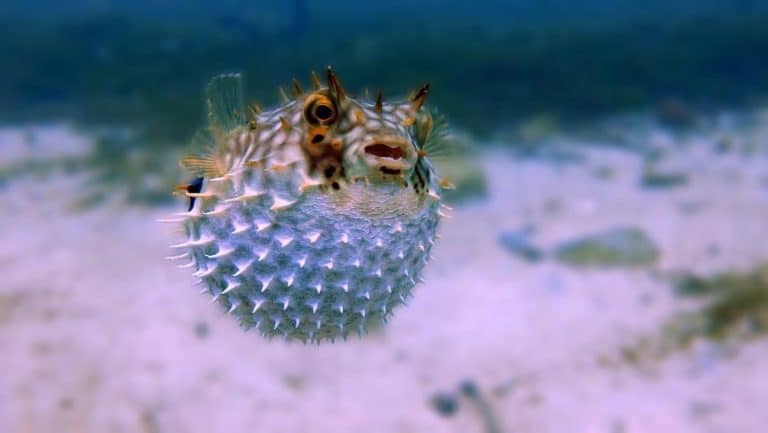Exploring the Fascinating World of Squids
Do you want to know about squids, their habitat, and their characteristics? Squids are marine creatures belonging to the class of cephalopods. More than three hundred species of squids are found all over the world.
They have two tentacles, eight arms, and a bilateral symmetry. Squids are a type of invertebrate with an unsegmented soft body and internal shells. They do not have backbones and use their gills for breathing.
Squids can adapt to their environment and change their color if they sense any danger. They have three hearts that they use for different functions. Their size can vary depending on the species, but usually, they are two feet long.
Squids can live in both high and low water temperatures, deep or shallow waters, and in different levels of salinity. They are excellent swimmers and one of the fastest marine creatures.
Squids eat cod, herring, fish, shrimp, and other small sea animals.
Everything You Need to Know About Squids
We bring to you interesting information about the characteristics, appearance, evolution, and diet of squids.
1. Squid Classification
All squid species belong to the Kingdom Animalia. All the members of this kingdom are known to be multicellular, meaning they use other living things for nourishment. Within the kingdom Animalia, all squid species belong to the Mollusca phylum. Squids belong to the class Cephalopoda, which includes the most intelligent and largest mollusks, such as cuttlefish, octopi, and the nautilus.
Eight hundred cephalopod species have been found till now. All these species are unique because of the way they adapt to their ocean environment and their tentacles that are of different shapes. Within the class Cephalopoda, squids have been further subdivided into a group known as Coleoidea.
2. Squid Evolution
Squids evolved fifty to sixty million years ago, and their ancestors are known to be shelled mollusks. Some people also believe that squids have evolved from prehistoric snails.
It is believed that squids underwent many changes over the years to adapt to their surroundings. They once had feet that gradually developed into tentacles. It is also believed they had a shell because they have an internal gladius only present in mollusks with shells.
What Does a Squid Look Like?
Squids bear many similarities with snails in terms of their appearance. They are of different colors ranging from black to gray, white, and brown. Squids come in all sizes, ranging from the size of a fingernail to giant squids that are 59 feet long. Unlike octopuses, they have an internal shell called a pen or gladius. Gladius is a hard backbone-like structure that supports the mantle and gives these majestic creatures something to attach to. Squids can change their color to warn other group members about any potential danger. Their skin is covered in chromatophores, which allow them to change color and camouflage themselves with the environment. They also have a unique organ called a siphon, which they use to move quickly and release water under pressure.
They have two tentacles, eight arms, and a tube-shaped body called a mantle. Their arms have disc-shaped suckers with hooks for better grip. At each side of their head, they have two large eyes for 360°vision. Squids can only see black-and-white colors because their eyes contain only one type of color-sensitive protein. Squids have bilateral symmetry, meaning if you cut them down the middle in half, each half will look similar. Their mouth is present at the base of the mantle. They also have a pointed parrot-like beak for eating and killing prey such as crustaceans and fish. Deep-sea squid possesses bioluminescent organs that can be seen from the outside.
Let’s take a look at some of the common squid species:
Squid Species
Three hundred species of squids are found all over the world. They have been derived from two main orders, Oegopsina and Myopsina, which are large deep-sea dwelling squid.
1. Bigfin Reef Squid
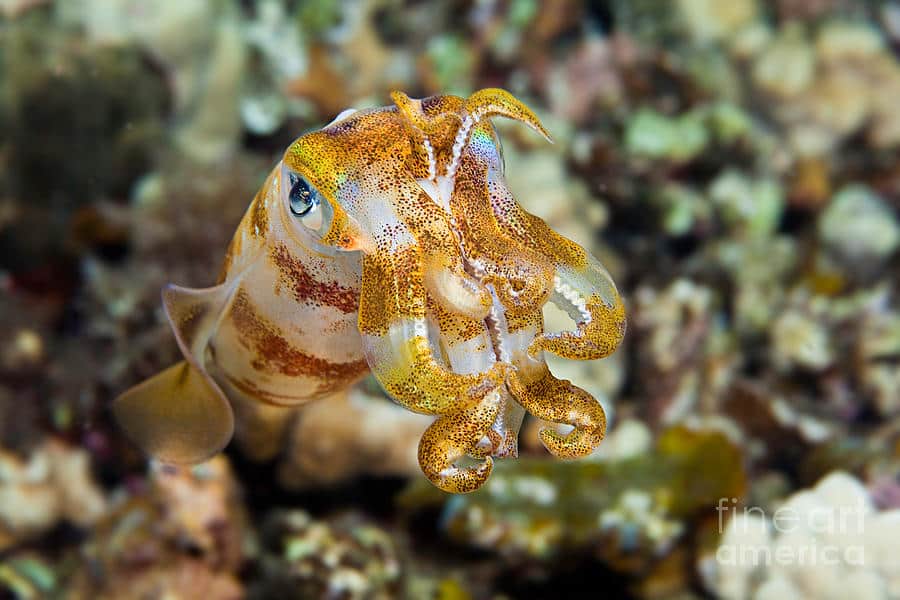
Bigfin Reef Squids are the fastest-growing marine invertebrates belonging to the loliginid squid family Loliginidae. They live for a very short span, and their maximum lifespan has been recorded to be around 315 days. They have a large oval fin that makes them look similar to cuttlefish. They are most commonly found near coral reefs, shorelines, and rocks and are fished extensively in Asia.
2. Colossal Squid
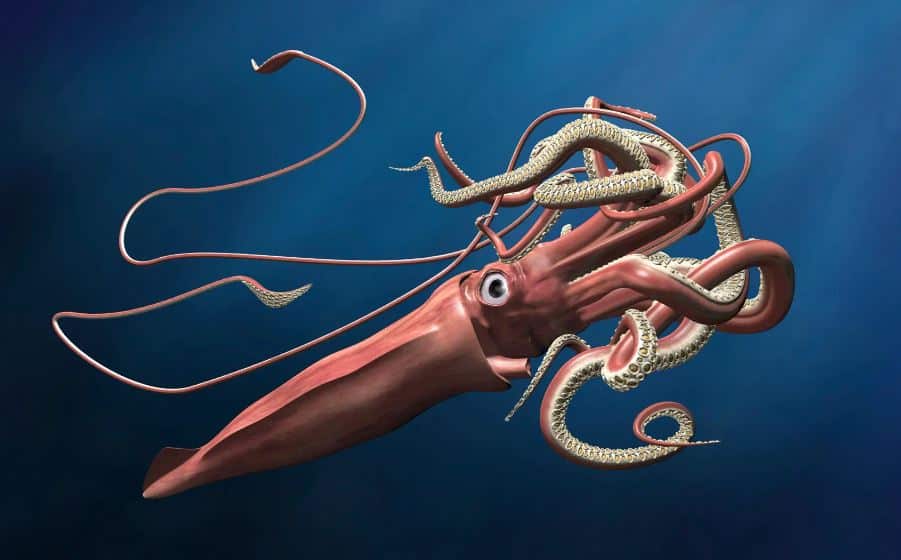
Colossal Squid is also known as the Antarctic cranch squid. It is the largest invertebrate that weighs up to 495 kilograms. It has a fearsome appearance with long tentacles, a high mantle, and small teeth. Colossal Squid is most commonly found in the water bodies between South America and Antarctica and towards the southern parts of New Zealand and South Africa. They attract their prey with the help of bioluminescence and like to eat sperm whales, smaller squid, and large fish.
3. Giant Squid
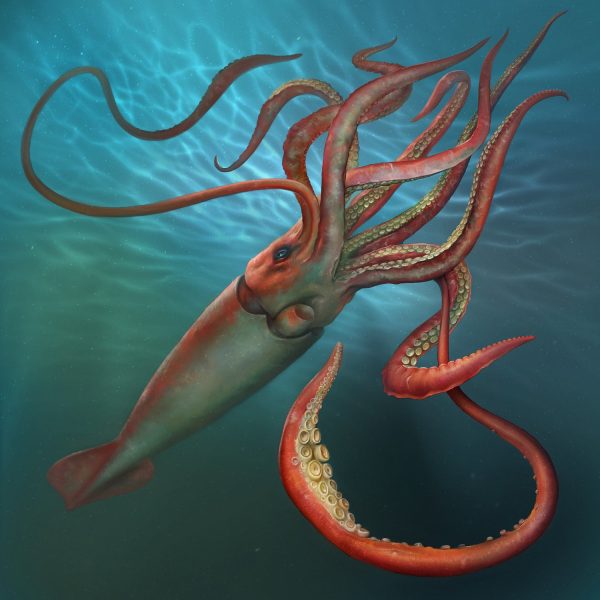
The giant squid is also known as Architeuthis Squid. This deep-ocean-dwelling squid can grow to a huge size. It has two long tentacles, eight arms, and a mantle. It can weigh up to 606 pounds and reach lengths between 39-43 feet. Giant Squids feed on some whales, smaller squid, and deep-sea fish species. Among all the members of the animal kingdom, it has the largest set of eyes. They are bloodsuckers and catch their prey with the help of their tentacles. In literature, these squid species are also known as sea monsters, as they are known to destroy passing ships with their tentacles.
4. Humboldt Squid
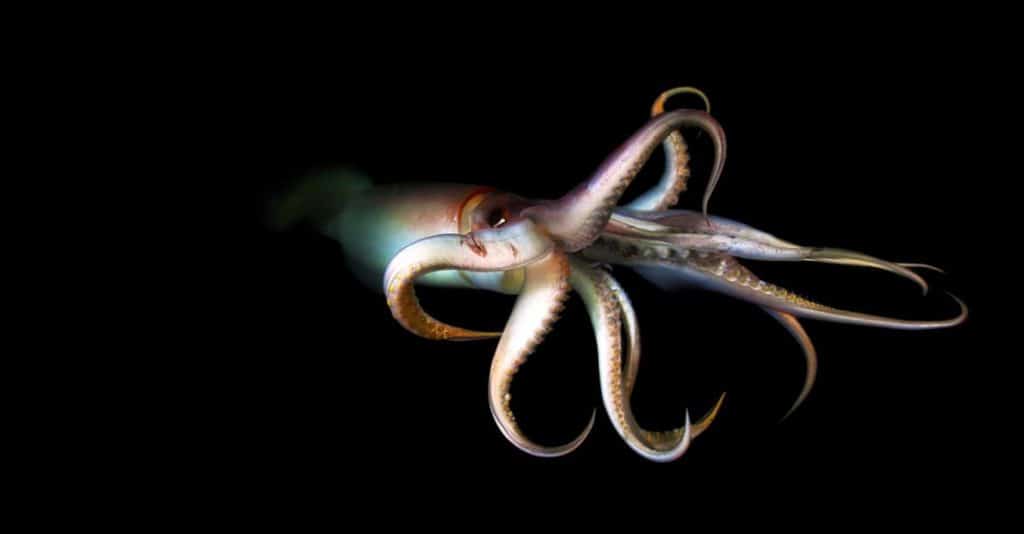
Humboldt squids are covered in specialized color cells, allowing them to change their color repeatedly. They are also known as jumbo flying squid or jumbo squid and are mostly found in the eastern Pacific Ocean. They can be very aggressive if you disturb them while they are feeding. It would be best to be very careful of them while scuba diving or swimming in the oceans. They live for only one to two years and are the largest member of their family. Humboldt squids like to travel in groups, and when they are injured or don’t find food for days, they eat their group members. Their streamlined body has two large fins to breathe and move at maximum speed. Female squids lay eggs that float freely in the water and are transparent.
5. Vampire Squid
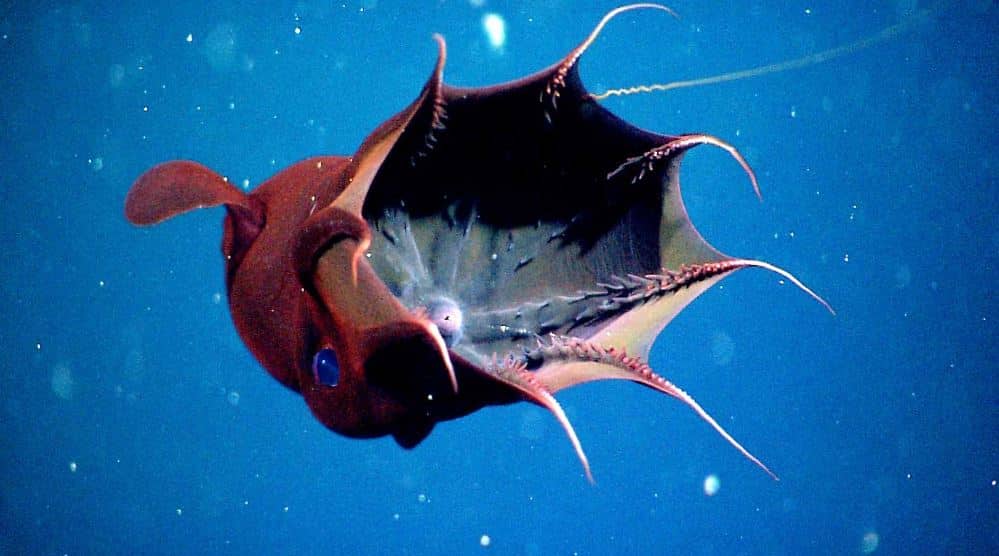
The name of the Vampire Squid is inspired by its cloak-like webbing and dark body color. The color, size, and shape of the Vampire Squid is like a football. They are most commonly found in the tropical and temperate oceans. Unlike the other squids and octopuses, they have two long retractile filaments. Their body varies from pale reddish to velvety jet-black, depending on lighting conditions and location. Since they live in the deep sea, they use oxygen metabolism and bioluminescent organs to survive. The unique thing about them is that their body is covered entirely in light-producing organs known as photophores, which produce disorienting flashes of light ranging from several minutes to a few seconds.
6. Swordtip Squid
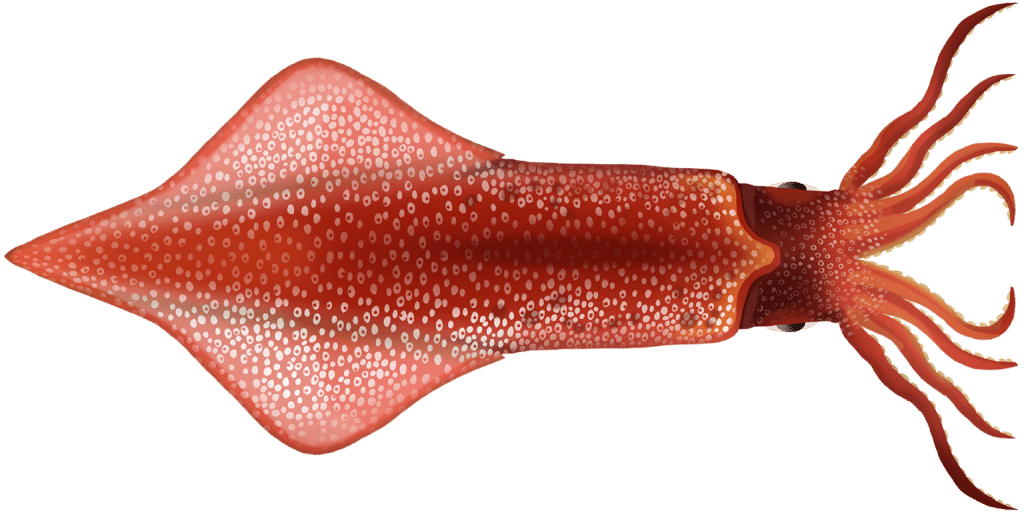
Swordtip Squid is most commonly found in the southern East China Sea. Based on sea temperatures, they spend most of their time migrating from one place to another. They can only survive for up to nine months. They are very adaptable and can live in all types of environments. These squid species grow very rapidly and like to stay in groups. Sword Tip Squids are the main target of commercial fisheries.
Habitat of Squids
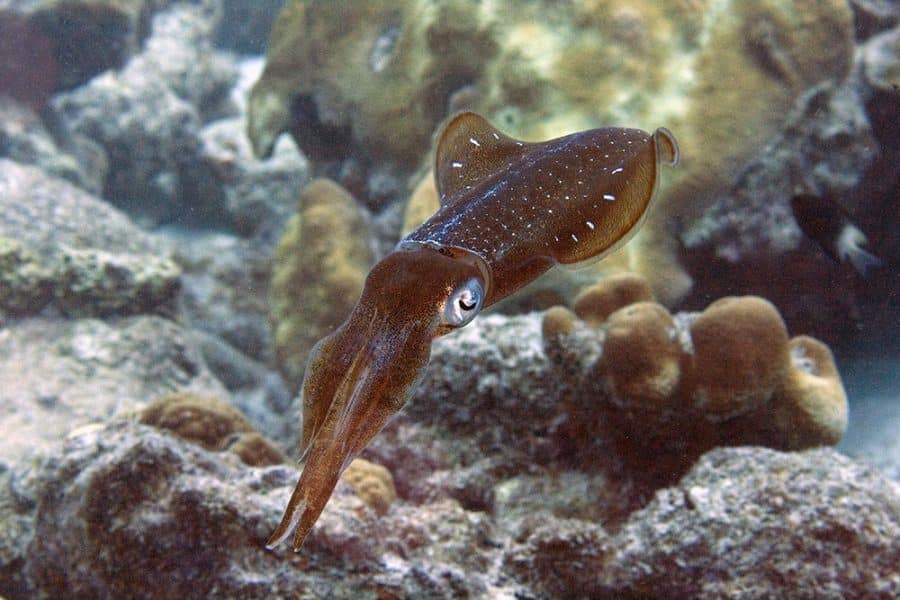
Squids can be found in all parts of the world in different water bodies. Some squids thrive in the cold seas, while others prefer tropical, warmer waters. A few squid species can also be found in the seas of the polar region. The North Atlantic houses many more squid species than other world areas. They are also commonly found around Hawaii, the Gulf of Mexico, and California. Their distribution is different because they tend to migrate during the mating season. The Common Squid travels to the North Sea in the summer and spends the entire winter season off the coasts of Portugal. A small number of squids are also found in Southern Japan.
Squids adapt well to their surroundings, so they move to water bodies where they can thrive well. If enough food is not available, they migrate to other areas. Also, if their natural habitat is destroyed, they move to a new location where they can live securely. Because of this adaptability, squids have survived for millions of years on Earth.
Squid Characteristics
The color, size, and behavior of squids vary depending on their species. They are intelligent and can change their skin color to warn off potential attackers or hide from enemies. When they detect any danger, they join other groups. Unlike their auditory system, their vision is quite developed, and they can detect their prey from a distance.
They are very curious and get easily attracted to light sources. They use different signals to communicate and demonstrate problem-solving skills. Some squid species can even count. They use sight and touch to locate their prey and grab them using their tentacles. Octopoteuthis deletion is the only squid species that detaches its tail like the lizard and tears off the tips of its arms while escaping. They often show this behavior to distract the predator.
Squid Nervous System
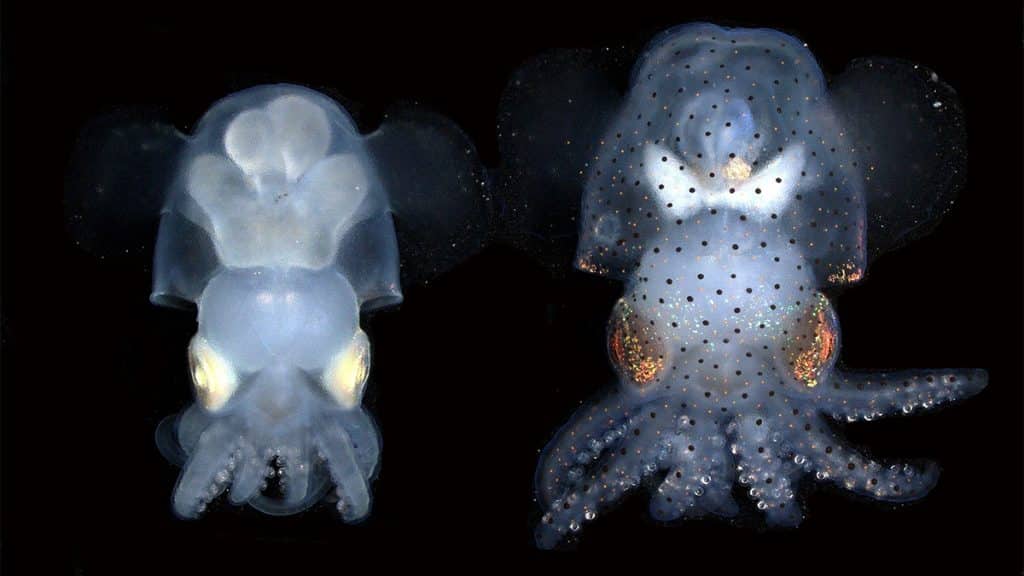
Squids are one of the most complex-brained animals. Their brains are even more complex than rats. Despite the differences between humans and squids, it is assumed that the human nervous system functions in the same way as squids. They have five hundred million neurons and nine brains. They can easily communicate with other group members and know how to convey their messages. The squid’s giant axon is the largest nerve cell in the animal kingdom, up to 1 mm in diameter. The Loligo Pealei is one of the unique squid species with axons thousand times bigger than those found in humans and fifty times bigger than the common crab.
Reproductive and Digestive System
During the mating season, squids form large schools comprising females and males. The males change their colors to attract the females, and once the female shows interest in the male, mating occurs. During the mating process, males place the sperm inside the hidden sac of the female, where she fertilizes the egg. At one time, a female can produce thousands of eggs. The female squid distributes the eggs in hidden areas like in various crevices and holes and under rocks. It takes up to eight weeks for the eggs to hatch, so it’s important to keep them protected from predators. The female squid leaves after depositing the eggs.
The baby squid knows how to fend from the start. They are also born swimmers. Yet many of the baby squids are killed in the starting days. Many squids also die soon after reproducing because of their short life span. For example, a warty squid produces a huge ovary that breaks down all her body wall muscles, leading to her death after spawning.
Squids have a monogastric digestive system that ends at the anus and starts with the mouth. They also have a single-chambered stomach. They use their ruminant digestive systems to process hard-to-digest foods and avian digestive systems to grind food.
Squids use their mouths to ingest food. They do not have teeth, but they use their beak to break down food. Many squid species also have a radula that helps them tear apart their food. The esophagus of squids passes directly through their brain. If squids swallow large food items, their brain can get damaged. Squids use their larger caecum and small stomachs to digest their food. The stomach breaks down the food with the help of digestive enzymes. They absorb the nutrients from the food that gets passed into the caecum.
Diet of Squid
Squids are mostly carnivorous, and they prefer eating crustaceans and fish. Their diet mainly comprises crustaceans, fish, oysters, crabs, and other small marine creatures. Some squids even eat the members of their group. This mainly occurs when the food is present in a limited amount. They can eat large amounts of food at once because of their massive size. The squids in the Antarctic region prefer eating krill and plankton. Some squid species can even consume up to 30% of their biomass.
Interesting Facts About Squids
- Squids use the method of jet propulsion to move through water. They possess a siphon that extends from their body and propels them through the water. When squids are swimming in a straight line, they are moving backward. Their siphon pushes water into their body cavity and expels it, enabling them to move fast.
- Squids produce ink to hide from predators. But they don’t produce ink as a defense mechanism whenever they detect a threat because lots of energy is required to produce it. They only produce ink when they have no other way to escape or feel extremely scared.
- Some squid species have light-producing cells called photophores that help them generate light. These photophores are present throughout their body, including their fins. When they become excited, the photophores generate a bright glow, scaring away predators and attracting fish. They usually generate light when they want to attract prey or want to communicate with other group members.
- The largest squid species can grow to double or triple the length of the largest octopus species.
- Squids use their muscles and tentacles for sensory perception and navigation. They extend their tentacles outward to gain important information about their surroundings.
- They have three hearts: one to pump blood around their body and two to push sufficient amounts of blood through their gills.
- Humans consume squids in various forms, such as curries and pickles. They are very popular in many countries and cultures, from Asian countries like Vietnam and China to European countries like Portugal, Spain, Italy, and Latin America. Japanese use squids in almost all their dishes, including sashimi, sushi, and tempura.
Conclusion
Squids are majestic sea creatures with shade-shifting skin and an elongated mantle. They were even called sea monsters in the ancient era because they terrorized humans who tried to navigate the oceans by destroying their ships.
Today, more than three hundred squid species are found in the world with distinct behavior, shape, and size. They are adaptable and can live in any habitat, ranging from subtropical and tropical climates to cold sea bodies. Squids are very intelligent, and their brain is even superior to humans. However, they have a short lifespan, and most squids die after mating. You can check out the facts above to learn more about these adorable sea animals.
This will help you identify the cute squids easily during your next sea voyage or aquarium visit.

